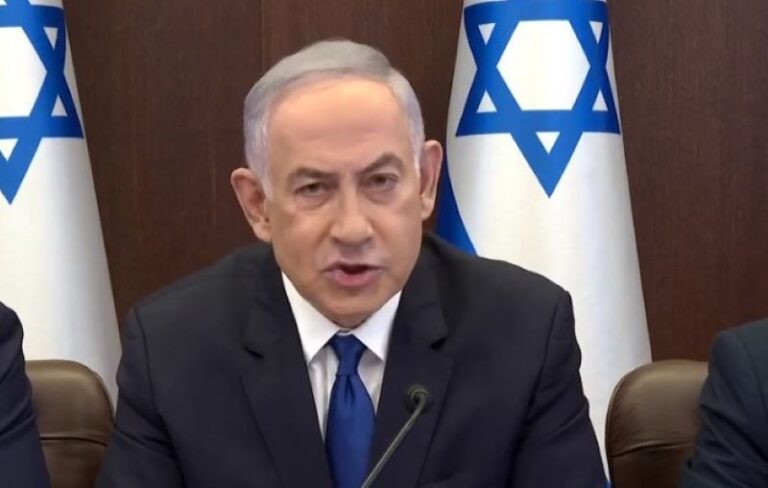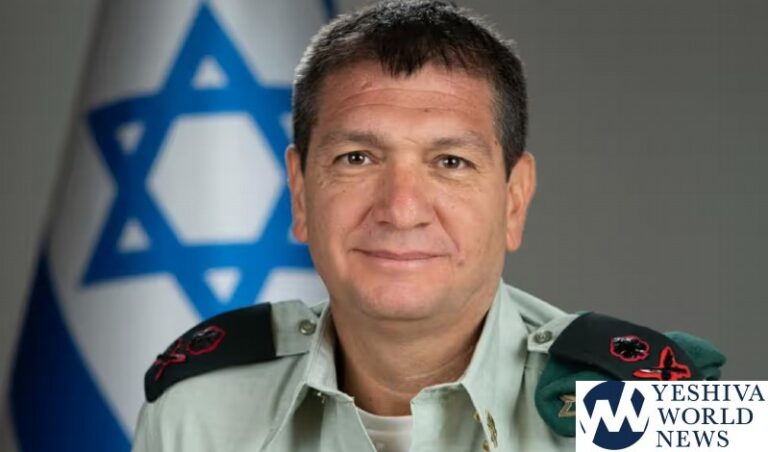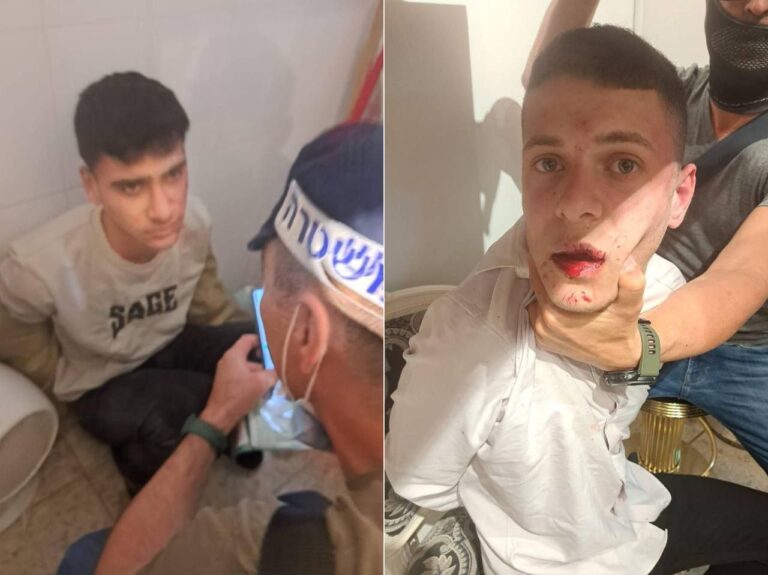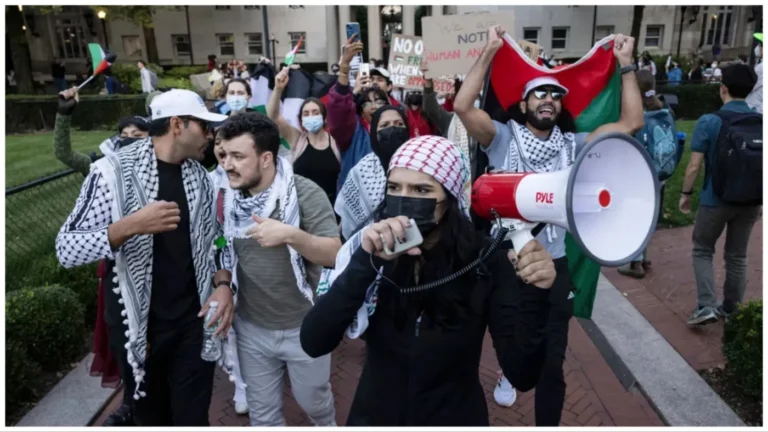President Donald Trump plans to use his 12-day, five-nation Asia trip to encourage a tougher stance against the threat posed by North Korea, but he likely will not make the traditional presidential visit to the border between North and South Korea known as the Demilitarized Zone.
The White House said Monday that Trump was invited by Korean president Moon Jae-in to visit Camp Humphreys, a military base about 40 miles south of Seoul, and that time constraints would likely not permit Trump to also travel to the border. In briefing reporters, the White House downplayed suggestions that the decision stemmed from security concerns and suggested that plans could still change.
If Trump doesn’t go, he would be breaking from recent presidential custom. All presidents but one since Ronald Reagan made the visit to the heavily-fortified border, known as the DMZ, which has separated the North and South for 64 years. Often wearing bomber-style jackets and flanked by military officers, presidents have used binoculars to peer at the barren strip of land at the 38th parallel and delivered forceful remarks denouncing the threat posed by the rogue regime led by Kim Jung Un in Pyongyang.
Vice President Mike Pence visited the DMZ in April so the North Koreans could “see our resolve in my face.”
Trump has frequently turned to bellicose rhetoric to denounce Kim Jung Un, whom he has given the mocking nickname “Little Rocket Man” and has threated to unleash “fire and fury” on North Korea if does not cease its nuclear weapons ambitions. The inflammatory language has done little to deter the North Korean dictator, who has repeatedly launched missile tests, including some that have flown over Japan.
Beyond addressing the dangers posed by Pyongyang, Trump will spend much of the trip advocating for American economic interests in the region, including in meetings with Chinese President Xi Jinping. Trump has long bemoaned the United States’ trade deficit with China, a country he has called a “currency manipulator,” though he has signaled that he would soften his stance toward the continent’s growing economic power if it would step up its efforts at containing North Korea.
The White House outlined a robust schedule for Trump’s trip, the longest of his presidency and first to Asia, which begins November 3. Officials said Trump has begun preparing for the trip by reading briefing materials and engaging discussions with H.R. McMaster, his national security adviser, as well as economics adviser Gary Cohn and State Department officials.
The trip will begin in Hawaii, where Trump will meet with military leaders at the U.S. Pacific Command and tour Pearl Harbor, including the wreckage of the USS Arizona that remains capsized in shallow water after the sneak attack by Japan in 1941 that pulled the U.S. into World War II.
From there, the president will fly to Japan, where he will speak to Japanese and U.S. service members, visit with the families of Japanese citizens abducted by the North Korean regime and meet with Prime Minister Shinzo Abe, who just posted an impressive election win. Trump and Abe may also play a round of golf, as they did at Trump’s Florida golf course in February.
Trump will then travel to South Korea for a state visit. In addition to his visit to Camp Humphreys, Trump is scheduled to visit a military cemetery and deliver a speech to the national assembly in which he will call on the international community to maximize the pressure being placed on Pyongyang, the White House said.
On November 8, the one year anniversary of Trump’s stunning election win, the president will visit Beijing for a state visit with Xi, who just consolidated his hold on power during a gathering of the Communist Party Congress. China has long provided much of North Korea’s economic lifeblood, and Trump will push Beijing to take further steps to isolate Kim Jung Un. But the White House said the president will also demand that China must provide fair and reciprocal treatment of American businesses, cease predatory intellectual property practices and look to find solutions to the one-sided trade deficit.
It was not clear if Trump, who made building a border wall a centerpiece of his campaign, would visit the Great Wall of China.
After departing China, Trump will attend the first of the two summits that make up the back half of his Asian trip. He will first travel to Da Nang, Vietnam, where he will attend the Asia-Pacific Economic Cooperation summit and deliver a major speech on the need for fair trade and economic practices in the region, Trump said. He will attend a series of bilateral and multi-lateral meetings with world leaders while there, though the White House said it was not clear if one of them would be with Russian President Vladimir Putin.
Trump will travel to Hanoi for his second day in Vietnam to meet with its president Tr?n D?i Quang and underscore the United States’ commitment to its relationship with Vietnam. The White House did not say if he would visit any sites dating from the Vietnam War, including the Hanoi Hilton, the prison that once housed US military officers, including John McCain, Trump’s frequent political rival.
Trump’s final stop will be Manila in the Philippines, where he spend two days at the Association of Southeast Asian Nations (ASEAN) summit to highlight the United States’ interests and partnerships in the region. He will also meet with Philippine President Rodrigo Duterte, who has been accused of a series of human rights abuses, including killing suspected drug dealers. The White House said Trump could raise concerns with the program.
(AP)






